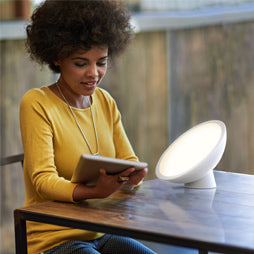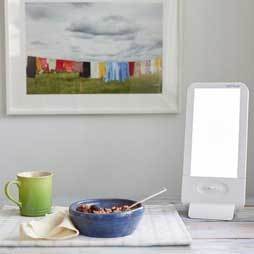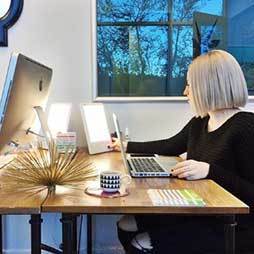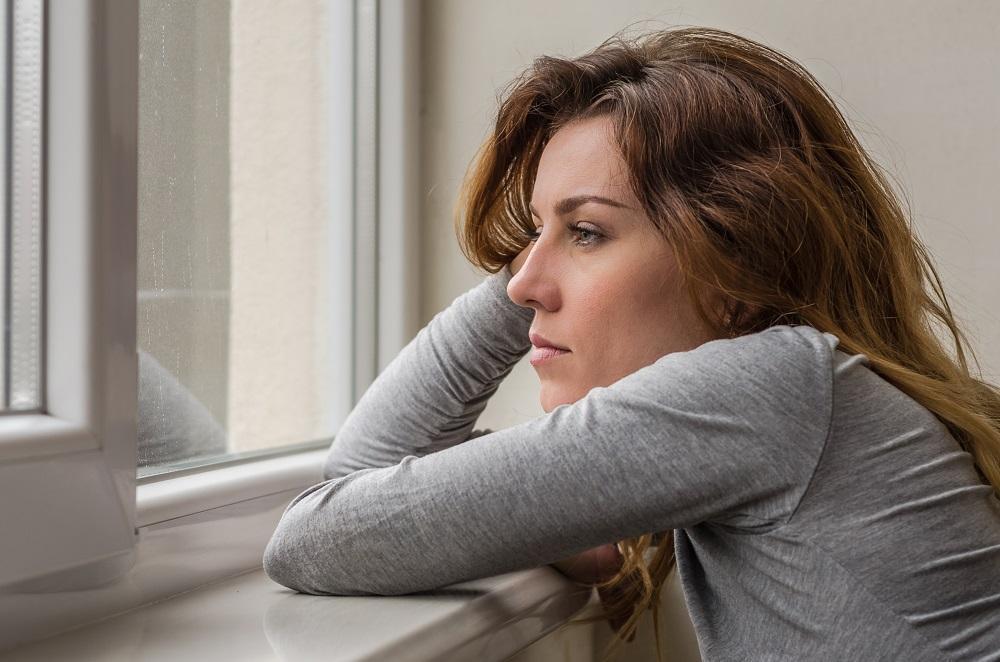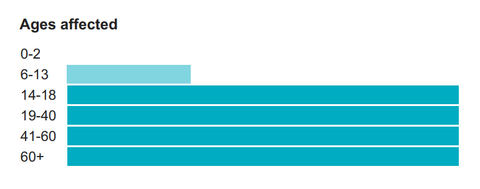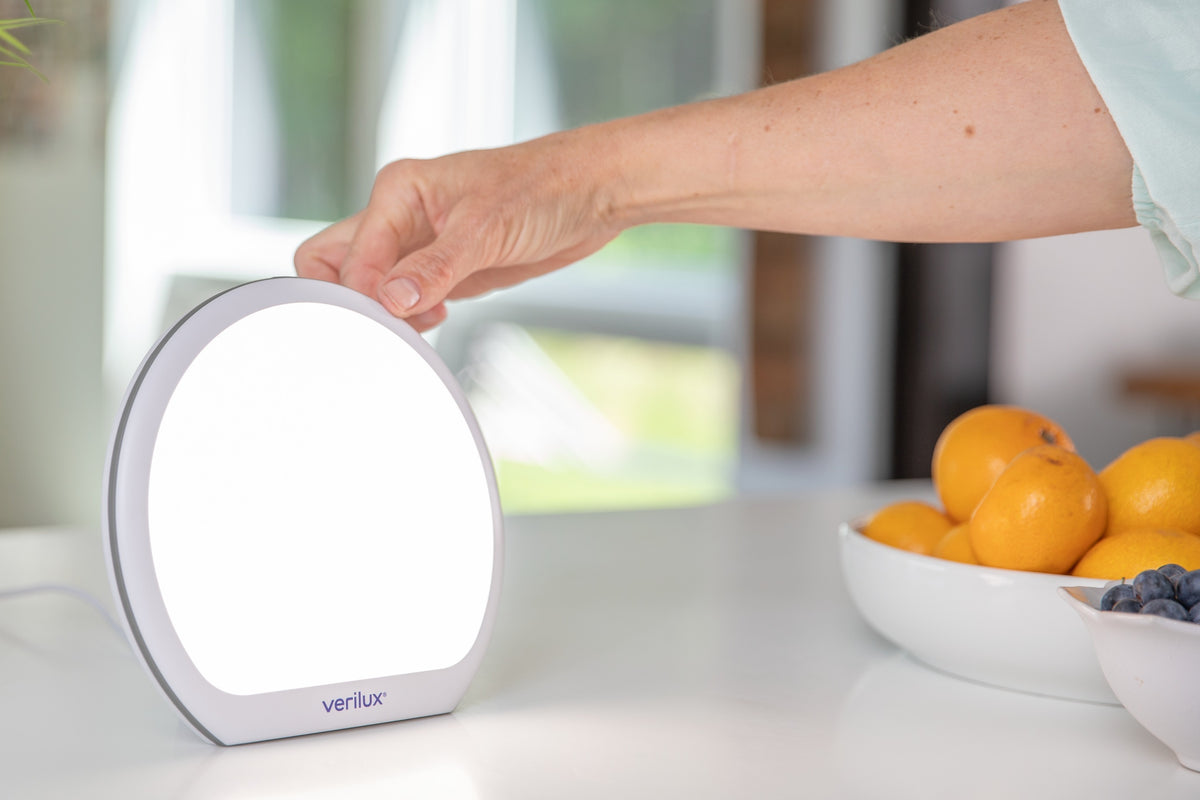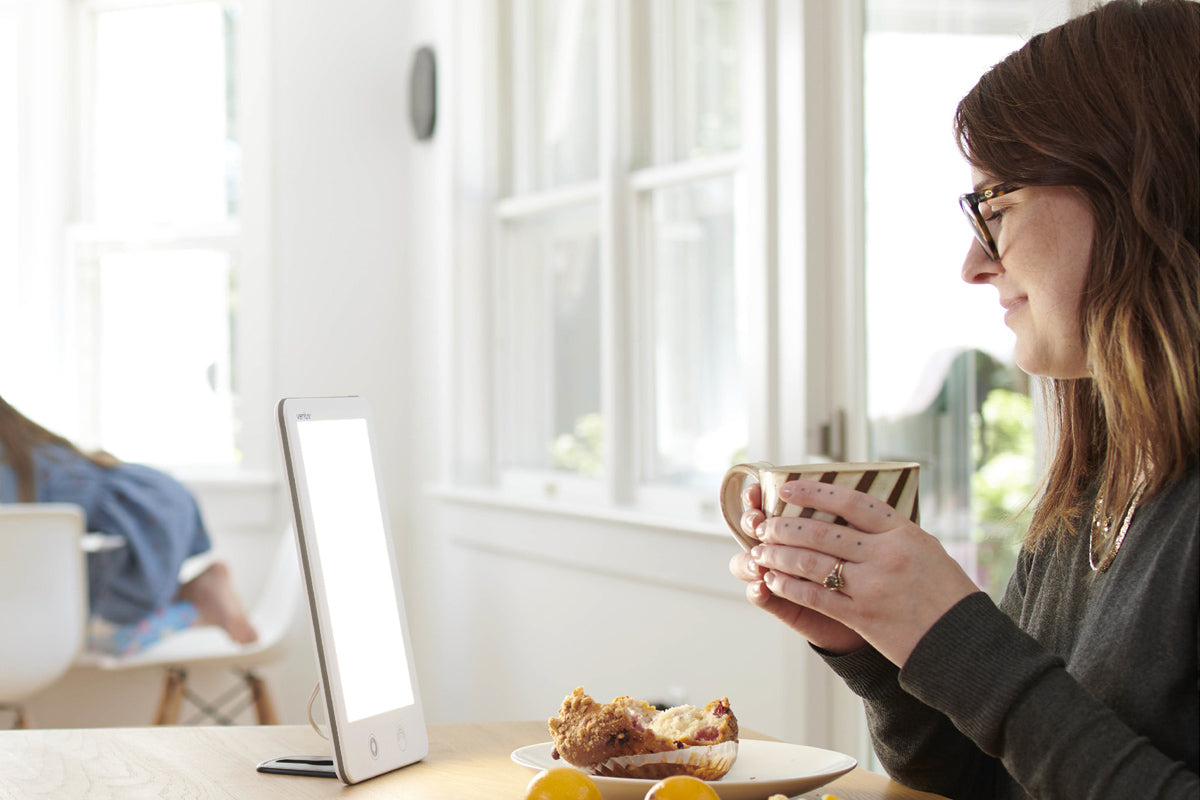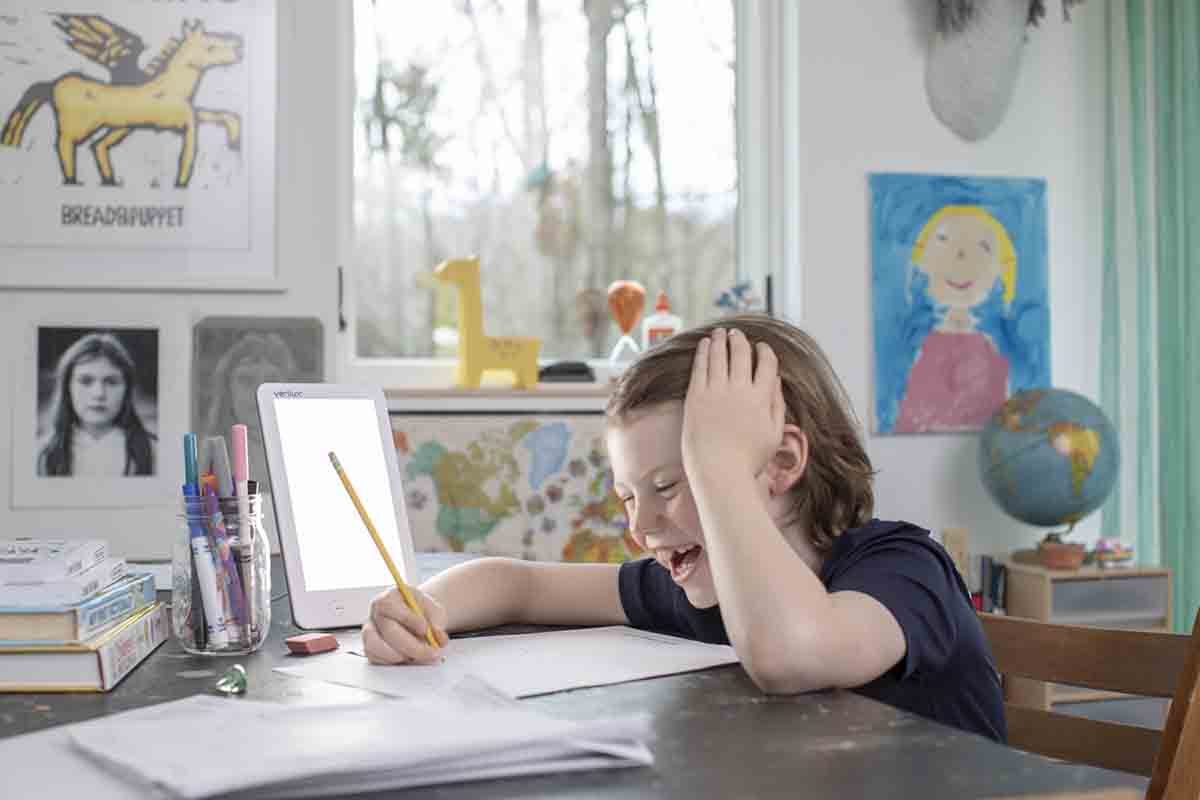Have you ever felt apprehension at the start of fall or winter and wondered if you have seasonal affective disorder, seasonal depression, or something similar?
Like everyone, you may notice a cooler night here, maybe a rogue red leaf there, and certainly pumpkin spice lattes... everywhere. But instead of delighting in these small signs of the upcoming fall and winter, you feel a little dread.
You may even joke that you have Seasonal Affective Disorder to people you know without being 100% sure of what it is.
But that reality is that if you're noticing a pattern in your mood at certain times of the year, you may be affected by the seasons more than you realize. And the good news is that once you are aware of how the seasons impact you, there is something you can do about it this year to have a more enjoyable fall and winter.
First Things First - Seasonal Affective Disorder Definition
Seasonal Affective Disorder (SAD) is a type of depression that is related to the change in seasons. As a result, it starts and ends about the same time every year.
What many people don't know is that Seasonal Affective Disorder - and its less severe counterpart, winter blues - are incredibly common. As many as 1 in 5 people experience SAD symptoms or winter blues in parts of the contiguous United States.* And according to the WebMD, "Research suggests that SAD may affect 11 million people in the U.S. each year and that an additional 25 million suffer a milder form that is indeed called the winter blues. Four times as many women suffer from SAD as men, and it tends to run in families."† Needless to say, that's a lot of people.

Furthermore, SAD and winter blues affect almost every age group, so seasonal depression is something that people of practically all age groups can relate to. While most people start noticing the effects of seasonal change as they get older and it affects more women than men, it certainly isn't limited to a certain population or area. Even people in Florida experience SAD symptoms, which tells us that it's not limited to certain locations either.
What Causes Seasonal Affective Disorder?
The simple answer is that it's the change in seasons that causes SAD, but one of the primary reasons people begin to notice their mood change is because of their lack of exposure to sunlight.
As the sun gets lower in the sky, its intensity and the length of time the sun is visible during the day lessens. However, like leaves that wither up without light or bears that head into hibernation without sunlight, humans need light.
The bright light of the sun causes our body to produce serotonin (the "happiness" hormone), and serotonin helps our body regulate melatonin, which is related to sleep. Therefore, things like our mood, sleep, and energy levels are all directly affected by our light intake - or in the fall and winter, the lack thereof.
Symptoms of Seasonal Affective Disorder
During the winter, our light intake typically goes way down as many people wake up and drive home from work in the dark, and that's when you may begin to notice SAD symptoms. Or it could even be as early as August if you're highly sensitive to light.
A prolonged, depressed mood is one of the most common complaints of people who experience SAD symptoms or winter blues. However, there are other SAD symptoms that are helpful to know. Here are nine additional, lesser-known seasonal affective disorder symptoms:
- Low energy, fatigue, and lethargy.
- Feeling anxious or irritable, or having difficulty managing normal stress.
- Craving carbohydrates and sugar.
- Loss of interest in things you normally enjoy doing.
- A reluctance to engage with others and withdrawal from social situations.
- Changes in sleep patterns like oversleeping.
- Difficulty with concentration, attention, and focus.
- Decreased libido and sexual desire.
If you've noticed some of these symptoms in yourself but have not thought seriously about the root cause, light deprivation could be it.
Light Therapy Lamps
The good news is that bright, full spectrum light that triggers serotonin production is found in the Verilux HappyLight Light Therapy Lamp. Unlike pharmaceuticals (which can take weeks to kick in and find correct dosing), typically light therapy yields results quickly with daily morning use. Some people feel its effects immediately after using the light box for the first time while others in as little as two weeks.

The HappyLight provides a bright light that mimics sunlight. When you use it, your body gets the daily dose of bright light it needs to produce the serotonin that affects your mood, sleep, and energy levels.
It's best to use a light therapy lamp like the HappyLight for 20-30 minutes in the morning while sitting at your desk, eating breakfast, or doing another activity where the light can reach your eyes consistently while in use.
Common Questions about Light Therapy
At Verilux, we get a lot of questions about light therapy from people who are first learning about it and wondering if a HappyLight is right for them. Here are some of the most frequent ones we hear in case they are helpful for you, too.
Q: Can I get a sunburn from a light therapy lamp?
A: HappyLight natural spectrum bulbs are made without UV rays, so no - you cannot get a sunburn from using a HappyLight. It is UV-free.
Q: How is HappyLight different from other indoor lighting?
A: Indoor lighting is notoriously dim. In fact, a cloudy day is still 10 times brighter than indoor lighting. The intensity of light, measured in lux, is what separates the HappyLight from other indoor lighting. The HappyLight has an output of 10,000 lux whereas your typical indoor light is closer to 500-1,000 lux.
Q: Is a bigger light always better?
A: No, every person's sensitivity to light and lifestyle is different, so we recommend choosing a HappyLight based on your lifestyle and needs. If you have time to sit in front of a HappyLight for extended periods of time, you may want a smaller box to leave on all morning. However, if you are always on the go, a larger light therapy light with a larger light surface area may be perfect to give you that 20-30 minute dose of light before you head off to your next activity.
Q: When is the best time of day to use a HappyLight?
A: It's best to use the HappyLight in the morning before noon. That way it triggers your body to produce serotonin in the morning, which will, in turn, regulate your melatonin later in the evening. Many people like to use their HappyLight right when they get up in the morning to help wake them up while others like using theirs later in the day like when they get to work.
Q: Does the HappyLight provide vitamin D?
A: This is a common misconception about light therapy. The bright light of the HappyLight enters your body through your retinas, not your skin, so it does not cause your body to produce vitamin D. Enhanced mood is a result of serotonin production, not vitamin D production when using the HappyLight.
Conclusion
Everyone experiences the change in seasons in their own unique way and to different degrees. If you notice a pattern in your own mood, energy levels, sleep, etc. seasonally, then it's quite possible you may be experiencing effects of light deprivation. Once you're familiar with the symptoms of SAD, discuss with your medical professional what is the best next step for you.
* Rosenthal, Norman E. Winter Blues, Fourth Edition. (New York: Guilford Press, Sep 17, 2012).
† "Understanding Seasonal Affective Disorder (SAD) -- the Basics," WebMD, accessed September 25, 2017.


